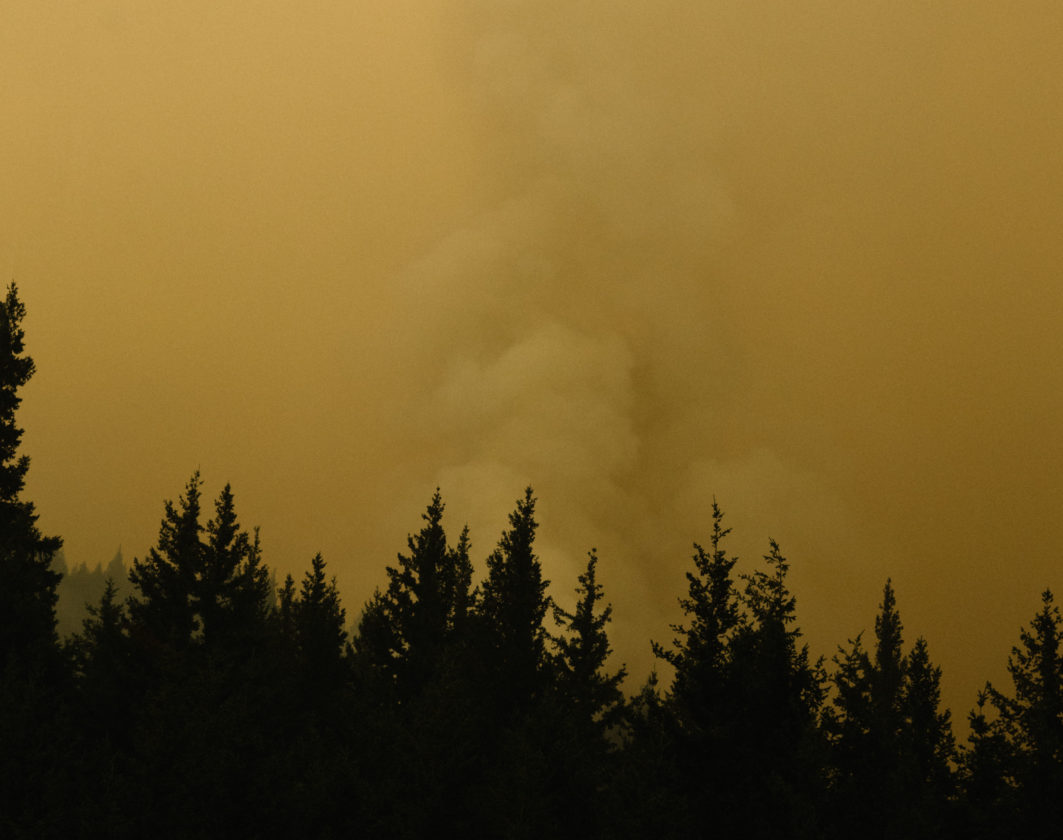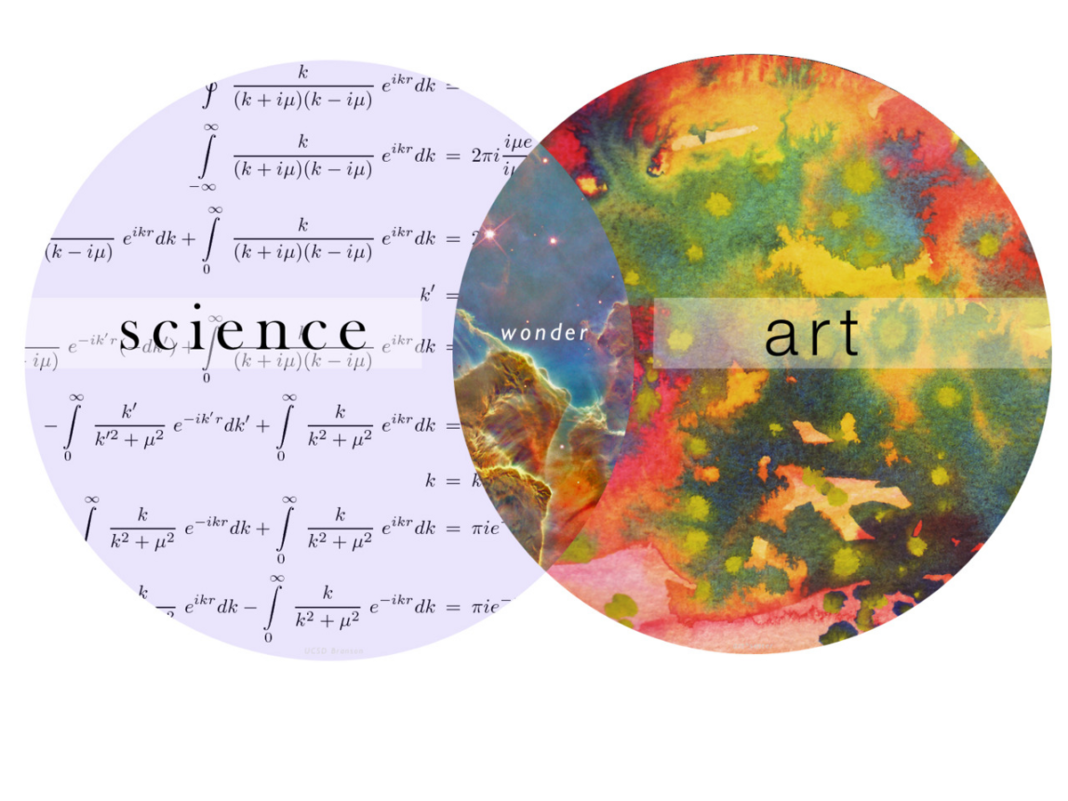Anyone in the Portland area late last August can probably recall the blankets of smoke that covered the city. Silhouettes of office buildings and green treelines blended into the sky, blocked out by a yellowish, brownish haze emanating from the Cascade Range.
The smoke likely blew in from a fire in southern Washington but its origin is unclear—Oregon alone saw nearly four dozen wildfires last summer and Washington experienced many more, according to fire data application GeoMac.
Judging by wildfire conditions in recent years, the Pacific Northwest blazes seem to be creeping closer to the city. Last summer, the Canyon Creek Complex fire in eastern Oregon burned over 110,000 acres and lasted nearly three months, according to data from the National Wildfire Coordination Group.
In 2014, another fire raged near the town of Estacada. While the likelihood of a fire hitting Portland itself is slim, some researchers at Portland State are examining the region’s fire vulnerability through lenses both scientific and sociological.
“One of the confusing things about fire in the U.S. is it’s pretty diverse and hard to figure out,” said Cody Evers, systems science Ph.D. student. “It can be caused by different things in different places. In particular, the big issue is what limits it.”
According to PSU geography professor Andrés Holz, these limits—or drivers of fire, as he called them—are the fuels present and how dry those fuels are.
“That can be a thing as thin as a pencil, grass, or a small tree or a huge tree the size of this office,” Holz said. “That’s going to give you the amount of energy you need in order to burn.”
These different fuels are part of what make fires in Oregon complex. Since the state as a whole has a diverse geography ranging from rain forests in the west to dry grasslands in the east with high-elevation mountain forests in between, its fire situation is equally complicated.
Holz explained that the two drivers, fuel and dryness, are on an axis that determines how an area will burn. Typically, a grassland will burn often since it is dry, but less severely since its fuels—grasses and shrubs—are small. The rain forest, opposite in fuel size and dryness, rarely burns but when it does, it’s disastrous.
Climate plays a large role in how fire will affect various geographical areas. High temperatures and dry conditions over the past two years further complicated the issue. Geography, while complicated when trying to predict a general outlook of an entire state, at least remains static. Climate, on the other hand, can impact an area differently from year to year, depending on the smaller weather patterns it displays.
According to the National Oceanic and Atmospheric Administration, the region has been in an El Niño phase since March 2015. El Niño typically brings warmer weather to the Pacific Northwest, but may not always change precipitation levels. Fortunately, Oregon received ample precipitation over the winter, calming concerns that last year’s drought would worsen into the 2016 season.
“I think that’s kind of taken the edge off the problem,” Evers said.
However, Holz warns that anything can happen between now and the end of June, when fires typically start burning in Oregon.
Benefits of the blazes
As we head into the 2016 fire season, Evers stresses that this phenomenon is not inherently negative. Though the smoke of last summer looked alarming and even presented respiratory concerns in some residents, fire plays a vital role in the surrounding natural environment.
Wildfires clean out overgrown, disease-ridden ecosystems and maintain fuel loads, actually preventing catastrophic blazes in the long run. The scale of a wildfire’s impact also draws out a collective support from larger communities, according to Evers.
“There’s an acknowledgment that the solution to this is going to be collaborative,” Evers said. “It’s not one person’s problem. It’s not the Forest Service’s problem. It’s not [the Bureau of Land Management’s] problem. It’s not the community’s problem. It’s everybody’s problem.”
Evers’ research project, conducted with the help of Holz, Dr. Max Nielsen-Pincus and other PSU scientists, involves surveying fire preparedness of around 7,000 communities in the western United States. One positive aspect of wildfire that Evers sees through his research is the way a common issue unites communities—especially groups that tend to avoid each other, like ranchers and the Forest Service, for instance. He emphasized the idea that fire is something that is transmitted across human-formed boundaries.
“In the past, you’d see that the west has all these different fragmented parts,” Evers said. “Forest Service land, [Bureau of Land Management] land, private lands, communities. Well, when you start to look at it this way, you see how those parts are connected together, particularly through fire.”
Finding ways to remain resilient through fire, he said, is a way to build relationships between groups that normally don not talk. The project’s surveys indicate levels of things like trust and leadership in these communities. In the future, Evers hopes to expand his project into surveying communities across the entire United States and is even looking into a partnership with FEMA.
“FEMA is interested in this idea of community resilience,” Evers said. “It’s likely that a community that’s prepared for wildfire is also prepared for other things, because it’s a capacity issue.”
Resistance vs. adaptation
Evers said it is important to remember that while resisting fire is one way to deal with impending risk, it is not always productive. Instead, he suggested that resilience and adaptation should play a stronger role in how humans relate to fire. Holz echoed this idea, comparing it to the way humans prepare for other natural phenomena.
“We treat fires as if we could do something,” Holz said. “We adapt to flooding, we adapt to earthquakes. There’s something in humans [where] we think we cannot deal with these natural disturbances, but we can with fire. That has huge implications.”
Holz explained that before white settlers arrived in the Willamette Valley area, indigenous populations burned the land periodically to keep the area open for hunting and agriculture. Fire then was not a threat, but a means for survival.
“It was the most powerful tool we had for millennia,” Holz said. “So we became experts at it. I think that somewhere in our collective memory as a species, we have that instinct.”
In the 20th century, the United States shifted into a trend of suppressing fires, even in wildlands. But now, according to Evers, those views are changing.
“On a national level, there’s this kind of consensus that fires are natural, are normal and they can be good,” Evers said.
We are no longer managing ecosystems for the sake of being able to cut down trees or use water, but to maintain the inherent value of an ecosystem, Evers said. Fire is one of those forces that keeps ecosystems within balance. Sometimes, we just have to let it burn.
2016 wildfire outlook
As far as what the 2016 season will look like, Evers predicts a normal year—with a caveat.
“It’s kind of easy to assume that ‘normal’ means no fires,” Evers said. “‘Normal’ means there are fires—they’re just not extreme.”
He predicted that rather than having several fires burning at once, like Oregon saw last year, there will be one or two attention-grabbing blazes that can likely be handled by adequate resources.
“More than likely, we’re not going to have this out-of-control fire like Canyon Creek,” Evers said.
Holz predicted that, as a result of Oregon’s winter precipitation causing more grasses to grow in the state’s eastern half, those areas will see more fire this summer since they have higher fuel loads. However, since the fuels are smaller, the fires won’t be as dangerous.
“My hunch is that we’re going to be fine in this upper section [of Oregon] which is, for the most part, wet forest,” Holz said.







US